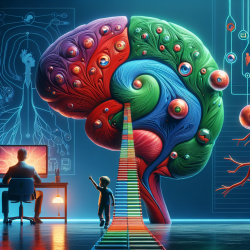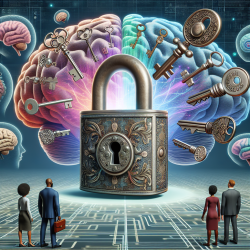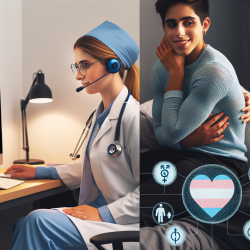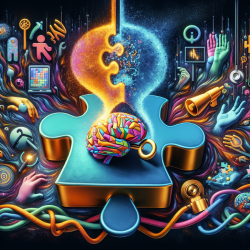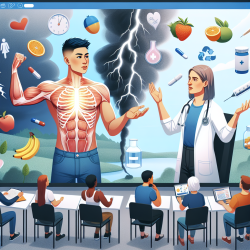Dyslexia affects millions of children worldwide, posing significant challenges in reading and learning. Recent research has shed light on the potential involvement of visual pathway deficits in dyslexia, offering new avenues for intervention and support. The study titled "Psychophysical Evidence for Impaired Magno, Parvo, and Konio-cellular Pathways in Dyslexic Children" provides valuable insights into these deficits and their implications for practitioners.
The Role of Visual Pathways in Dyslexia
The human visual system comprises three primary pathways: magnocellular (M), parvocellular (P), and koniocellular (K). These pathways are responsible for processing different types of visual information. The magnocellular pathway is sensitive to motion and low spatial frequencies, the parvocellular pathway processes color and fine details, while the koniocellular pathway is involved in color processing, particularly blue-yellow contrasts.
The research highlights that dyslexic children exhibit impairments across all three pathways. These findings suggest that dyslexia may not be solely related to phonological processing deficits but also involves complex visual processing challenges.
Implications for Practitioners
For practitioners working with dyslexic children, understanding these visual deficits can enhance intervention strategies. Here are some practical steps to consider:
- Incorporate Visual Assessments: Regularly assess the visual processing abilities of dyslexic students to identify specific pathway impairments.
- Use Ecological Stimuli: Employ natural scenes and stimuli that mimic real-world conditions to better assess and support visual processing in dyslexic students.
- Tailor Interventions: Design interventions that target specific visual pathway deficits, such as exercises to improve motion detection or color contrast sensitivity.
- Encourage Multidisciplinary Approaches: Collaborate with optometrists and neuropsychologists to develop comprehensive support plans that address both phonological and visual processing challenges.
The Need for Further Research
This study opens new avenues for research into the role of visual pathways in dyslexia. Practitioners are encouraged to stay informed about ongoing research developments and consider participating in studies that explore innovative interventions targeting these pathways.
Dyslexia is a multifaceted condition requiring a holistic approach to support affected individuals effectively. By integrating insights from this research into practice, educators and therapists can better address the diverse needs of dyslexic students.
Psychophysical Evidence for Impaired Magno, Parvo, and Konio-cellular Pathways in Dyslexic Children
